Joy Parr Drach is CEO of Advanced Animal Diagnostics (AAD), a company developing tools to diagnose livestock disease on the farm. The Research Triangle Park, North Carolina-based company aims to help cut back on the number of antibiotics administered to livestock on farms. The technology uses the animal’s immune system response to identify and determine the stage of infections, offering an alternative to blanket preventative antibiotic-administration, which is increasingly blamed for growing antibiotic resistance.
AAD has raised a total of $38.8 million since Parr Drach joined the team as CEO in 2009 with decades of experience raising cattle and almost no experience raising venture capital. AAD has received funding from agriculture funds Cultivian Sandbox and Middleland Capital, and life sciences VC Novartis Venture Fund among others.
We spoke to Joy Parr Drach on the sidelines of the Sustainable Agriculture Summit in Kansas City, MO last week about her advice for women in agtech and how she thinks about diversity in her own organization.
How long have you been working in agriculture startups?
Six and a half years ago AAD was three people and an idea. About a dozen years ago, I started a company that does marketing and management consulting for food and ag businesses. We set aside time for some early-stage companies if they met some key criteria. AAD is one of the few companies that met that criteria.
Animal ag is one of my passions. Instead of having an associate work with AAD, I said, ‘Okay, I’ll do this.’ Within a year, I turned the company I’d started over to a partner and went all in on AAD.
In what aspect of your job do you become aware of your gender? In what situations does it come up for you?
For a long time, I did everything I could to conceal the fact that I’m female. That’s from making sure that I’m always wearing a pantsuit to not sharing personal experiences and bringing the fullness and richness of who I am as a person to the table. There was one episode that really clearly spelled this out to me at the company I started before AAD, Entira. I had a male partner in the business, Mike, and he told me about how he took his daughter into a client’s office. I was aghast. He tells me how they’re fawning all over her and everybody loved seeing her. They were ready to put him up for the father of the year award for bringing his daughter into the office.
I said, ‘Oh my gosh, Mike, never in a million years would I take a child into a client’s office.’ I could be the most trusted advisor in the world to these clients and if they saw me bring my daughter in or my son, they would think what? ‘Joy can’t get childcare? Is she really reliable? Is she going to be there when I call and need her immediately the next time?’
That’s the difference. I thought about what a double standard we have. Then, I also thought about how I don’t bring all of who I am into the conversation because I don’t want to be perceived as female because that’s been such a liability for so long.
I think I’ve grown past that now and I think it can be really useful to bring your whole self into the conversation. An example is when I talk about our product that can reduce antibiotic use in feedlot settings. A lot of times I’m talking to people who don’t understand feedlots or disease transmission. I’ll ask them, ‘Do you have kids? What happened the first time you took your child to daycare or to school?’
Immediately, they tell you, ‘Well, the kid got sick. Everybody in the house got sick. It was horrible.’ Then they can understand what happens in a feedlot with disease transmission when all these cattle from different sources come together and how important it is not just to reduce antibiotic use, but to make sure that we identify the sick ones so they don’t transmit that. That’s what our technology does. Before, I wouldn’t have used that analogy because it’s female.
Have you experienced overt discrimination that you’re aware of?
Sure.
Anything you’d like to tell young women in agtech on that subject?
If you’ve earned a seat at the table, then make sure that you’ve got a seat at the table for the discussion and the decision making. An experience early on in my career was, I had a seat at the table at the proposal stage, but then I couldn’t understand why the decisions that came back were different than proposed.
I didn’t have an opportunity to be a part of the dialog and be an advocate for a point of view in the decision-making process. It was after I found out that part of that discussion and decision-making process was happening at the strip club after hours that I was able to say, ‘No, we need to address the issue now and not just make the proposal, but let’s have the discussion and the debate and come to a decision now before we leave the table.’ That was very early on in my career.
Do you make an active effort to have gender equity or diversity in your organization?
I make an active effort to have diversity of thought. Diversity of thought is one of the most important things in my opinion for an early stage company. We are solving really hard problems. We’re doing stuff that’s never been done before. That’s why it’s so hard. If you’re going to solve hard problems, you need people who look at things differently.
How do you find that? How do you identify it?
I think there are two questions. One is how you identify it and two is how do you make sure that it finds a voice? To the issue of how do you identify it, some of it comes by having people of different genders, of different races, of different experiences: the city mouse, the country mouse. On our team we’ve got females and males. We’ve got 20 somethings and 70 somethings. We’ve got a Peruvian, an Italian, a southerner, and a midwesterner.
It’s no guarantee that you’re going to get diversity of thought when you have diversity of gender and race and nationality and all those things. But I’m more likely to get it if I have those other diversities.
Then people have to be free to express that diversity of thought. You have to create a culture that empowers people and encourages them to have debate and dialog. Corporate America doesn’t really do a very good job of that. Look at what’s going on in companies right now. People are worried inside large corporations as they right-size and merge.
People are concerned about job preservation more than doing the right thing for the long haul. The dissenting voice many times isn’t rewarded. In a small company, it’s critically important to reward the dissenting voice because that’s how we get better. That’s where the best ideas come from: from that debate.
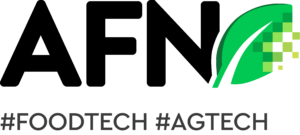
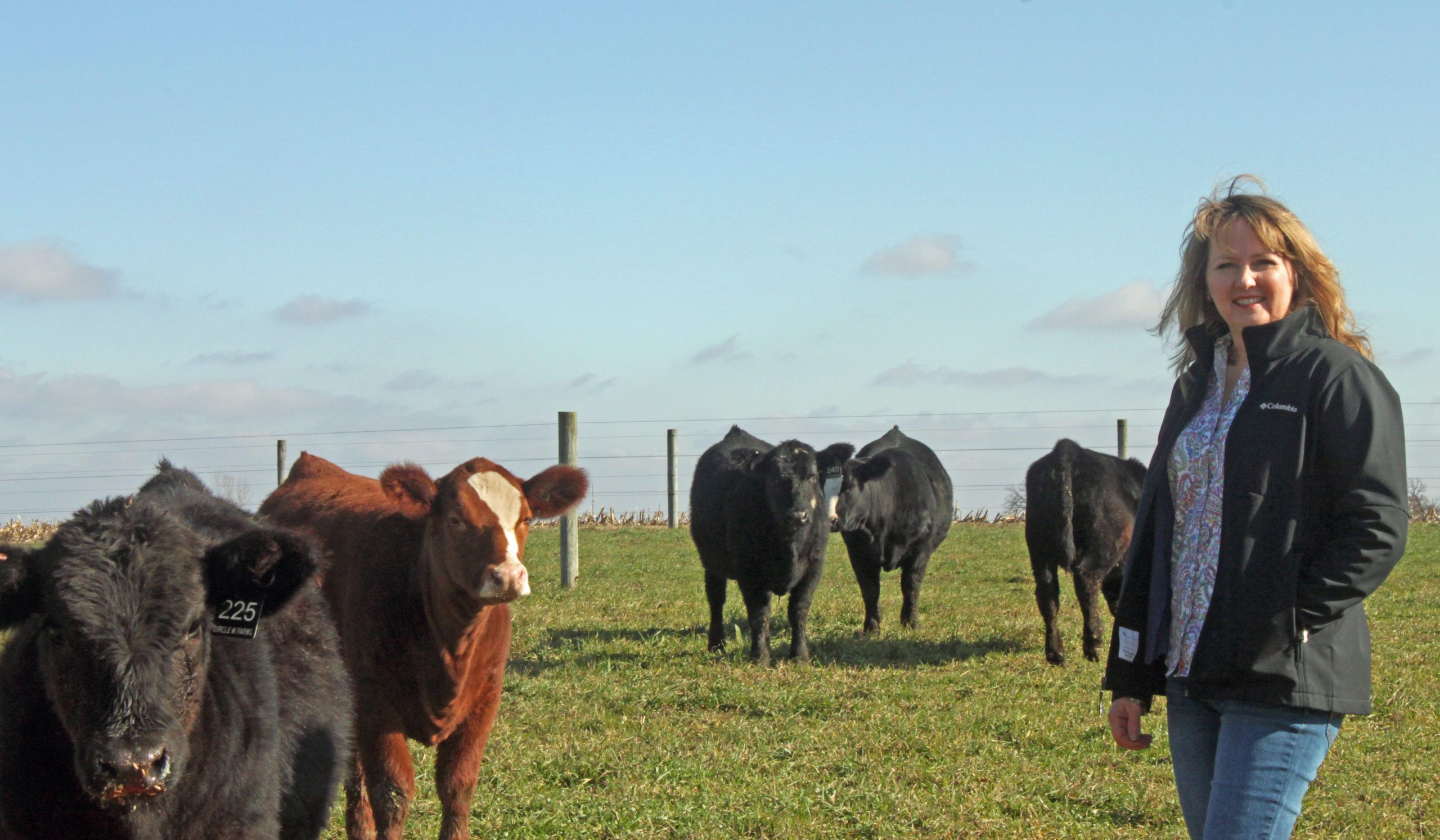

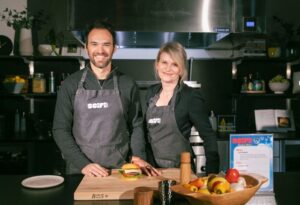



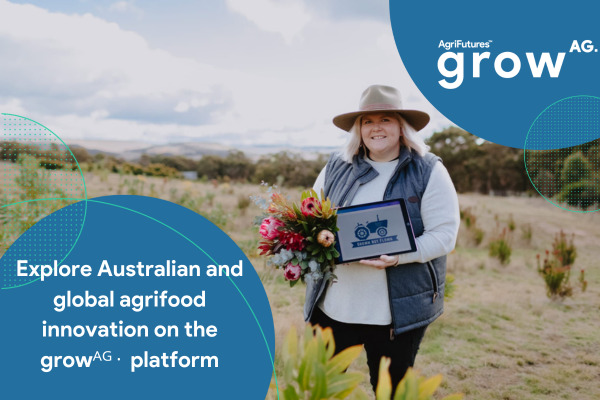

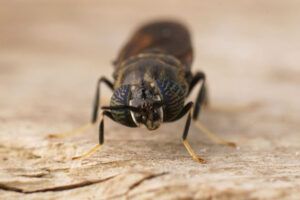




Sponsored
Sponsored post: The innovator’s dilemma: why agbioscience innovation must focus on the farmer first